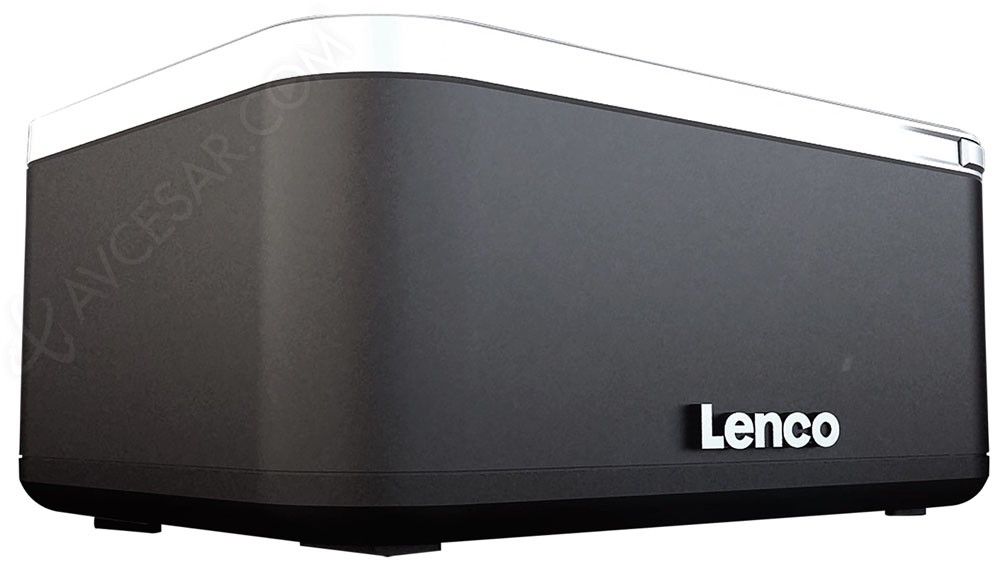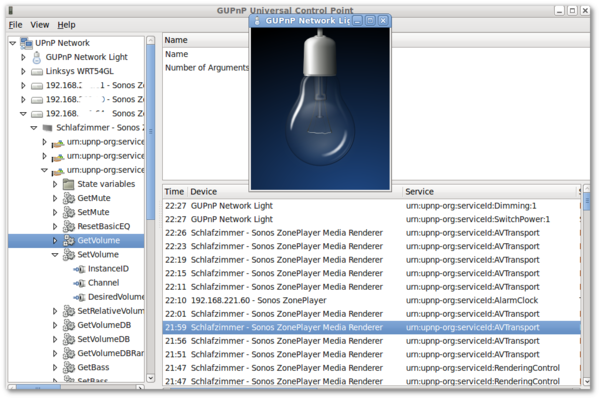


Any UPnP and Chromecast players will have an AirPlay instance created and named the same as the player but with a '+' suffix, e.g.: 'HEOS Amp' the DLNA/UPnP player will get a 'HEOS Amp+' AirPlay v1 service. The container can be run using its default settings without any access to a shared NAS folder. The advanced deployment will let you set your choice of names for the AirPlay devices, artwork, and other settings. You can try the Synology package if your NAS doesn't run Docker.įollow the instructions for a Simple deployment or the Advanced. I selected the Docker container ( Docker Hub) because it isolates the software from the rest of DSM. So first you need to install Docker from Package Center, if it's not already running. We're going to setup AirConnect using DSM's Docker package that is available on DS 'plus' models. There is extensive help on its GitHub webpage and links to a Synology package and a maintained Docker container. So what we're going to do is use the Synology NAS to run a network service aimed to help your other devices, rather than the limited mileage it adds for Audio Station.ĪirConnect ( philippe44/AirConnect) is open-source and available as pre-compiled binaries for many platforms. Even a simple Shoutcast service ought to do the job.You may be using iTumes or an iOS device and want to play music or podcasts to you non-AirPlay speaker. There are longer term plans to support playback via DLNA/uPnP/etc, which would provide that functionality. I guess it would be possible for PA to set itself up as a server to 'broadcast' an audio stream via the LAN, and then you could go into the Sonos app and tune in to that broadcast stream, but it would be more fiddly than simply tapping a 'Stream to Sonos' button in PA like you can with Chromecast. It's a shame as I'd like it too, but I can't see it happening unless they open up their interface. I think your idea of a 'small fee' would turn out to not just be pennies but could mount into tens of thousands per year. the number of units of Poweramp in use, not just the number of users who happen to want to connect to Sonos devices. For PA to interface with Sonos there would need to be a licencing deal in place, which I'm guessing would be costed based on market size - i.e.

As Max said before, the problem with Sonos is that it's a closed ecosystem and they don't publish a free public open API interface in the same way that devices can connect via Bluetooth, Chromecast, etc.


 0 kommentar(er)
0 kommentar(er)
